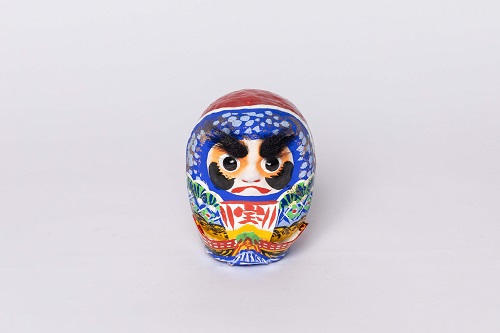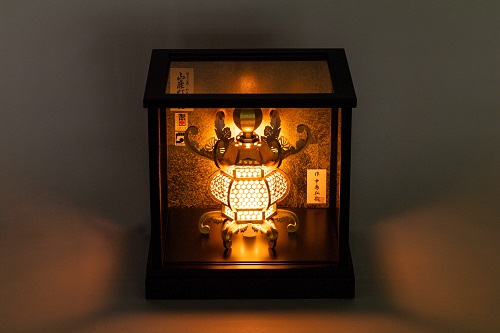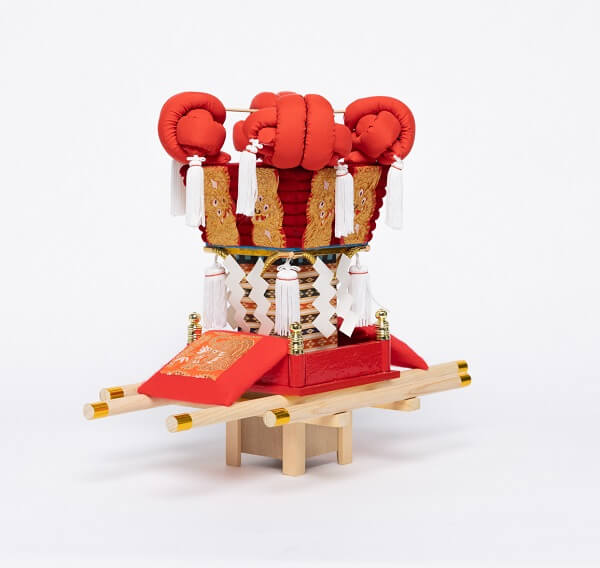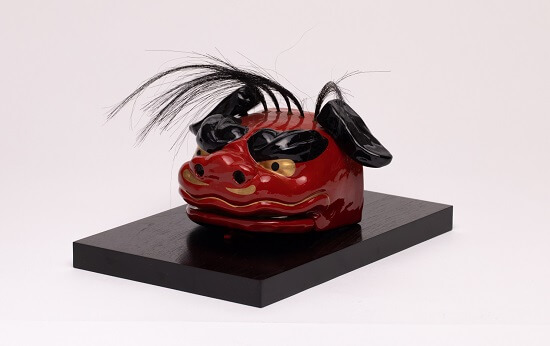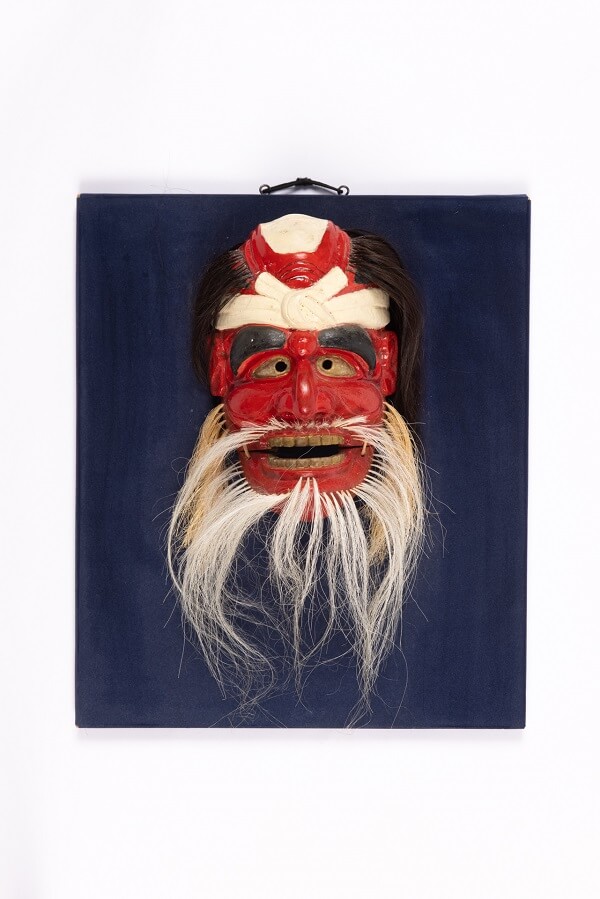
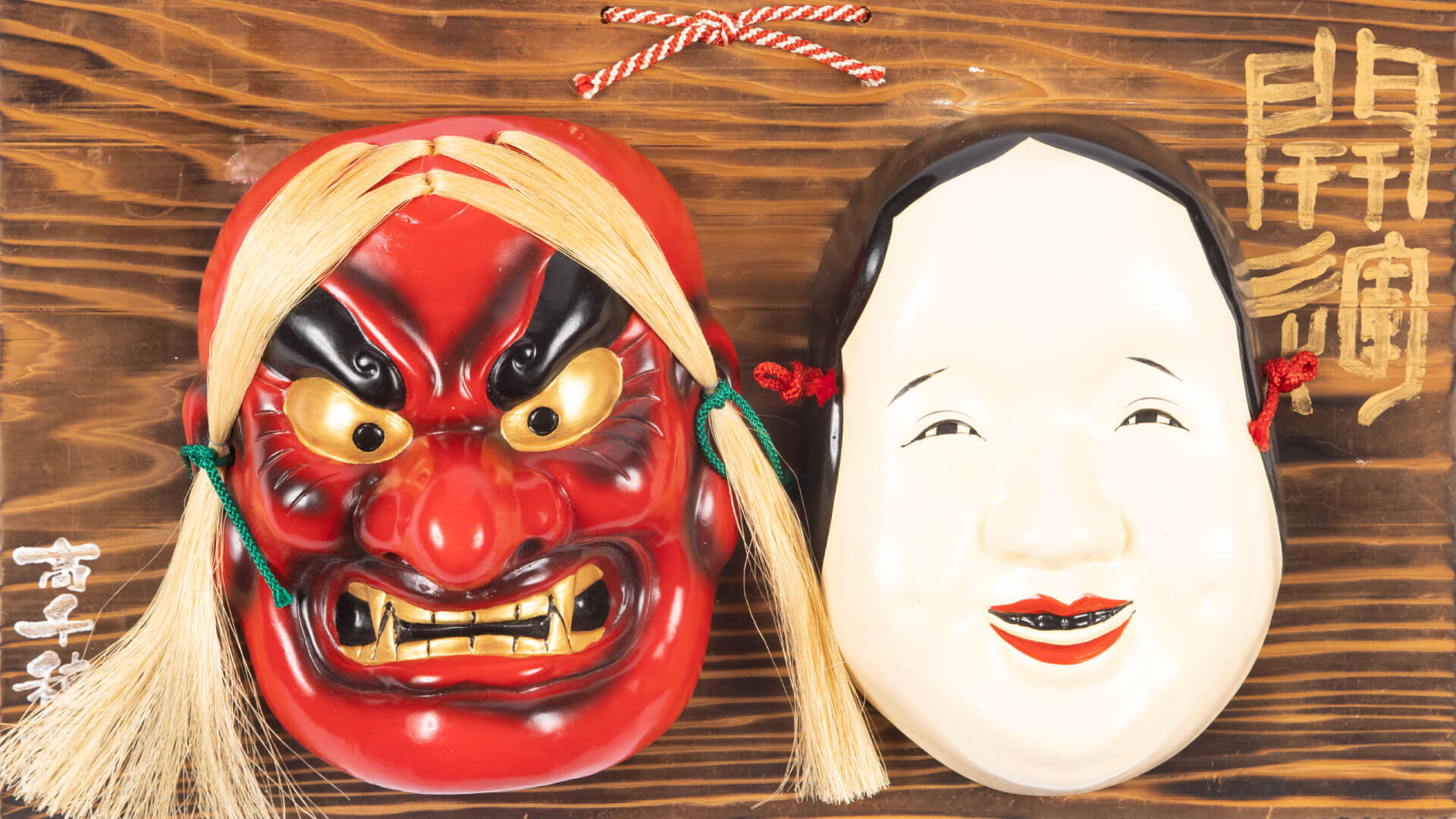
Dancing with the Gods — The Beauty of Japanese Religious Festivals
At the renowned "DAXIDAXI" celebration in Taoyuan, one can witness the passionate dance of devotees costumed as heavenly generals. There are also many annual ceremonial rituals held by indigenous groups in Taoyuan throughout the year, where visitors can enjoy the dance of the tribe members as they pay homage to their ancestors. In Japan, visitors can also spectate diverse and fascinating dance rituals performed by Shinto devotees as they pay tribute to "8 Million Gods."
Narita Traditional Performing Arts Festival
With a history dating back to the Edo period, the Narita Traditional Performing Arts Festival is one of the most iconic festivals in Japan. It brings together traditional performing arts groups from all across Japan to showcase a myriad of traditional performances, including ceremonial rituals and dance. Held annually in September at Naritasan Shinshoji Temple, this event allows visitors to experience up close the folk culture and customs of Edo-era Japan. In the 2017 festival, an outstanding folk performance team from Taoyuan City, along with distinctive ethnic performance groups from different prefectures in Japan, paraded together, showcasing traditional performances from Taoyuan and receiving enthusiastic applause from the Japanese audience.
Kagawa Prefecture – Abare-mikoshi Festival at Tsukahara Inari Shrine
In October, Tsukahara Inari Shrine in Sanuki City, Kagawa Prefecture, holds a festival to celebrate a bountiful harvest. In addition to parading the splendid and solumn Hon-Mikoshi, the festival also features portable shrines made from straw, bamboo, vegetables, and other crops. They are called abare-mikoshi. Legend has it that abare-mikoshi was created by young people who were not qualified to carry the Hon-Mikoshi but still wanted to participate. Before the festival, the young people in charge of carrying the abare-mikoshi spray themselves with alcohol disinfectants to ward off evil spirits. Once the festival begins, they chase after the Hon-Mikoshi from behind but cannot catch up to it. The climax of the event is reached when the parade arrives at the pond, where the carriers of the abare-mikoshi suddenly start pushing onlookers and visitors into the pond. Those pushed into the pond are believed to receive the divine protection of good health and safety.

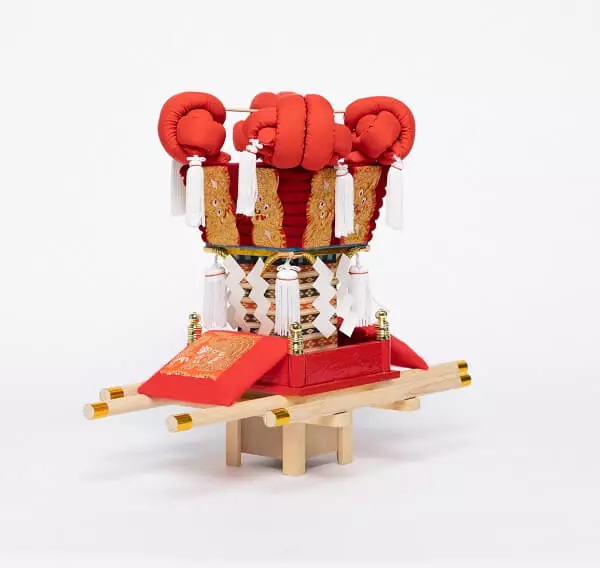

.jpg)
Religious Festivals: Palanquins
In Japan, gods usually reside in shrines. Palanquins (or mikoshi) are used to transport gods from one shrine to another. Therefore, the mikoshi is decorated similarly to that of the shrine. It comprises a cabin on four poles which bearers use to carry the portable shrine. During a festival procession, several bearers lift the mikoshi and parade it through the neighborhood streets. The method of carrying the shrine and the chants vary depending on local customs.
Gifted by Keizo Hamada, Governor of Kagawa Prefecture
<Read More "Mikoshi Model">

Religious Festivals: Lion Dance
Lion dance performers wear lacquered lion heads and colorful cloth belts and dance to the rhythm of percussion music. Japan's lion dances come in various styles distinct from those performed in other Asian countries. Generally, lion dances are performed to add festivity to the new year. In Kagawa Prefecture, however, lion dances are performed in the fall. Worshippers offer lion dances at local shrines to pray for peace and a bountiful harvest. Each shrine has its own troupe organized by the village. A focal point of most performances is the oilcloth affixed to the lion's body. Auspicious themes of victorious warriors or dragons and tigers from the Warring States embroidered on high-quality silk are but one of the many unique characteristics of lion dances in Kagawa Prefecture.
Gifted by Kyoichi Goshonoo, Chairman of the Kagawa Prefectural Assembly
<Read More "Sanuki Lion Head ">

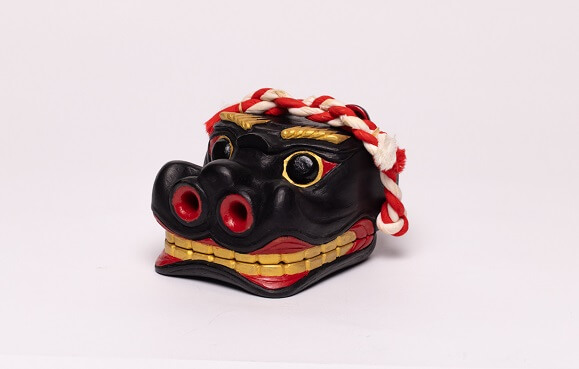

.jpg)
Miyako City: Traditional Lion Head Puppet
The lion's heads (a.k.a. shishi heads) that appear in the northeast regions of Japan are considered protectors of the gods. Many villages between the Kurosawa Shrine in Miyako City, Iwate Prefecture, and the Ukijinja Shrine in Shimoheii County, Fudai Village, engage in coastal trading. To pray for safe passage, family well-being, and bountiful harvest, villagers carried shishi heads, which they believed were possessed by the gods, to neighboring shrines by day. They then stayed in pre-booked guesthouses at night, praying for the well-being of the villagers. This ritual of praying and widespread parading is a characteristic of local Kagura.
Gifted by Masanori Yamamoto, Mayor of Miyako
<Read More "Traditional Lion Head Puppet">
.jpg)
.jpg)
Religious Festivals: Kagura
Japanese Kagura is a type of Shinto ritual ceremonial dance. Each song and dance are steeped in Japanese mythology. Most Kagura performers are local shrine maidens who take the utmost pride in their roles. The legend of the Takachiho Evening Kagura, in particular, is about the supreme Japanese deity, Amaterasu Omikami, who, during a fit of anger, secluded herself in the Amano Iwato cave, plunging the world into darkness. It was through the dance performances by the other gods that the world regained its light and enticed Amaterasu Omikami to come out.
Gifted by Shunji Kono, Governor of Miyazaki Prefecture
<Read More "Takachiho Kagura Masks">
.jpg)
.jpg)
Miyazaki Prefecture: Takachiho Kagura Masks
From November to February of the following year, the residents of Takachiho busily prepare for the 800-year-old ritual event called the Takachiho Evening Kagura. It is a religious event comprising dance performances in the 20 villages of Takachiho. Starting from dusk, the ceremony runs through the night and ends at dawn, with Kagura dancers performing in gratitude for the harvest and praying for a bountiful harvest in the coming year. For the people of Takachiho, the Evening Kagura is a sacred ritual where both humans and gods dance together through the night. Accompanied by drums, bells, and singing, the masked performers become vessels for the divine presence, maneuvering their bodies in the sacred courtyard into intricate forms to welcome the deities of mythology.
Gifted by Shunji Kono, Governor of Miyazaki Prefecture
<Read More "Takachiho Kagura Masks">


Miyazaki Prefecture: Kagura Mask
The masks used in Kagura are called Kamen. These masks are considered sacred and are worshipped by devotees. There is almost certainly a story behind the unique expressions of every mask. Legend has it that Kamen and Kagura emerged at the same time some 800 years ago.
Gifted by Masahiro Nakano, Choir Chief of the Miyazaki International Foundation
<Read More "Kagura Mask">
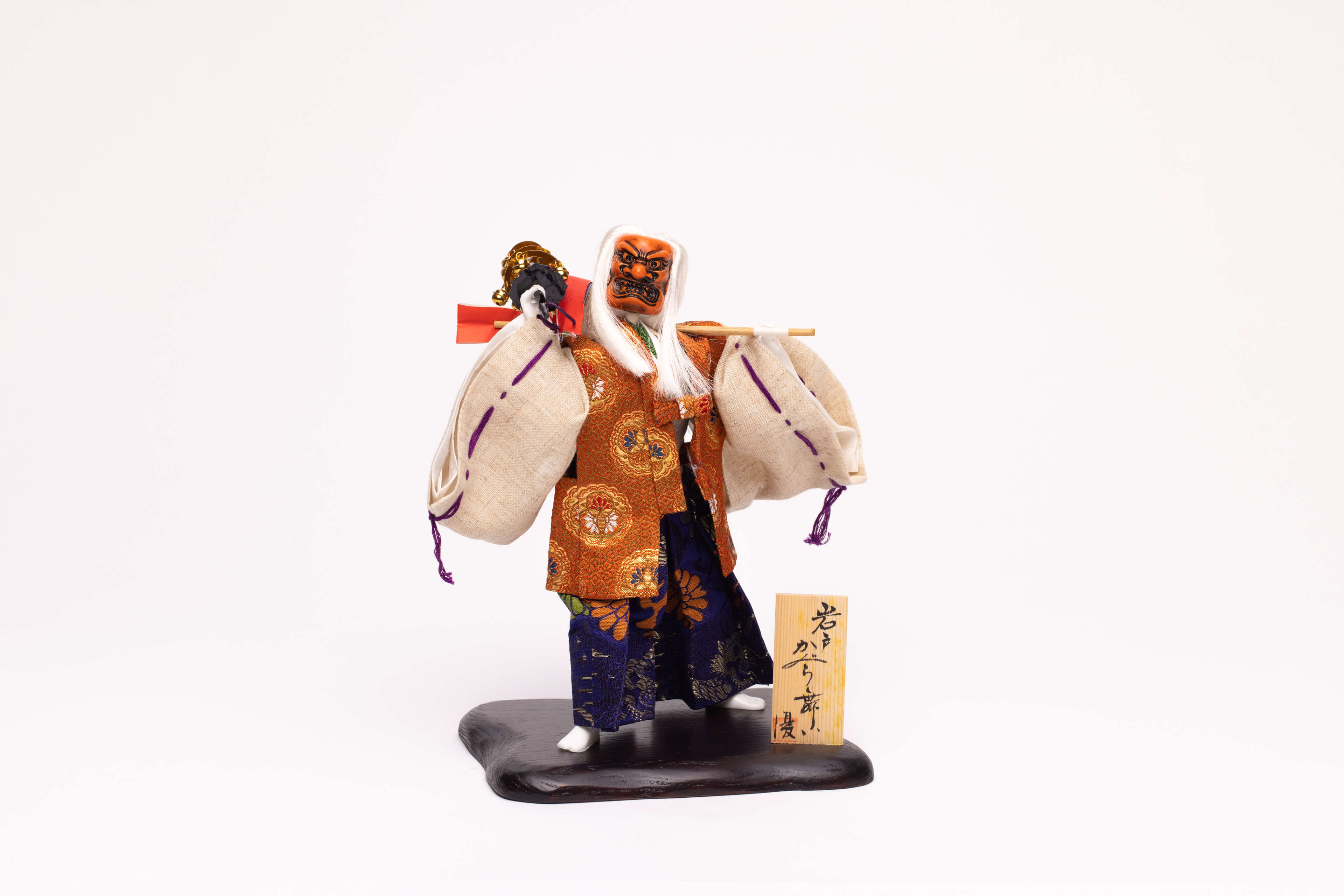

Miyazaki Prefecture: Kagura Puppet
In Takachiho, Kagura dancers are called Hoshi-sha (servants). Most dancers start practicing under the instruction of local Kagura masters in elementary school or at an even younger age. In the past, only the eldest son in the family could become a Hoshi-sha. In Japanese custom, the eldest son is the heir to the family's business and property. However, the influx of residents from other regions has diversified the backgrounds and experiences of the local Hoshi-sha pool.
Gifted by Shunji Kono, Governor of Miyazaki Prefecture
<Read More "Kagura Puppet">
Related Collection

